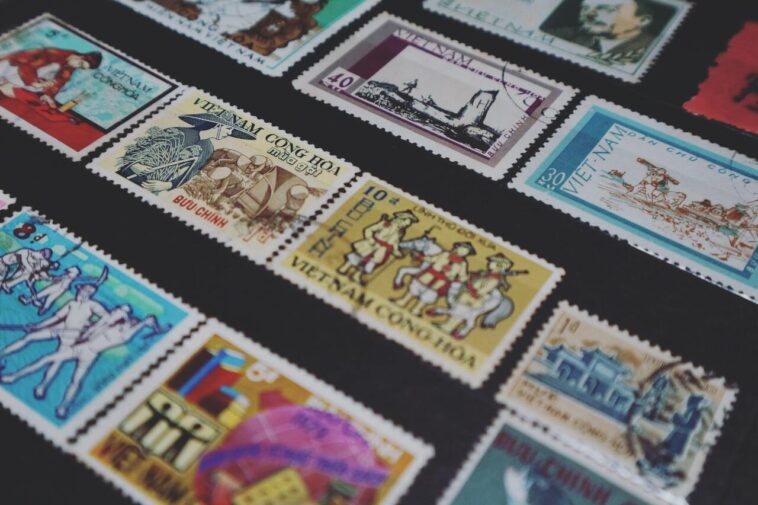In a world saturated with fleeting digital trends, it’s easy to assume that old-school, analog hobbies have been relegated to the history books. While it’s true that crafts like knitting and woodworking have found a surprising new life with younger generations, a closer look reveals a set of fascinating pastimes whose flames are primarily tended by the Baby Boomer generation.
These aren’t just quaint activities; they are intricate worlds of knowledge, skill, and passion, preserved by the very people who mastered them long before the internet. To that effect, here are nine classic hobbies that Boomers are truly keeping alive and well in 2025.
Ham Radio
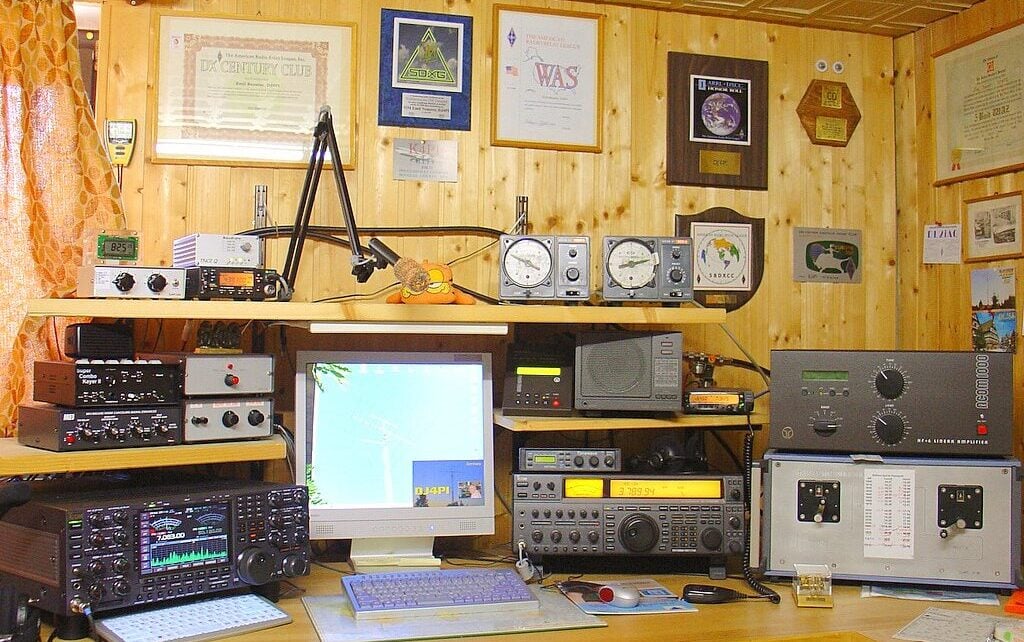
Long before we had social media, there was Ham Radio—the original global network that connected people across continents using nothing but airwaves and technical know-how.
The world of amateur radio remains the domain of a dedicated, older demographic. The average age of members of the American Radio Relay League (ARRL) is 68, while the average age of non-members is 52. Getting a license requires passing an exam on electronics and regulations, fostering a community that values deep technical knowledge.
While traditional voice communications remain popular, today’s operators have embraced digital modes, internet-linked repeaters, and satellite communications, blending classic radio principles with modern technology. Aside from just chatting, these operators are also providing vital emergency communications during disasters—as dramatically proven during Hurricanes Helene and Milton in 2024—and keeping a crucial piece of tech history crackling.
Stamp Collecting (Philately)

In an era of emails and DMs, cherishing a tiny, printed square of paper might seem unusual. Yet, philately, the formal name for stamp collecting, remains a serious and engaging hobby primarily for an older demographic. The average age of a collector is now estimated to be 60 or older.
More than just accumulating stamps, this hobby is about curating miniature historical documents that tell stories of art, geography, and politics. Boomer collectors often belong to clubs where they can trade and appreciate rare finds, preserving a tangible connection to a time when every letter was a significant event.
Coin Collecting (Numismatics)
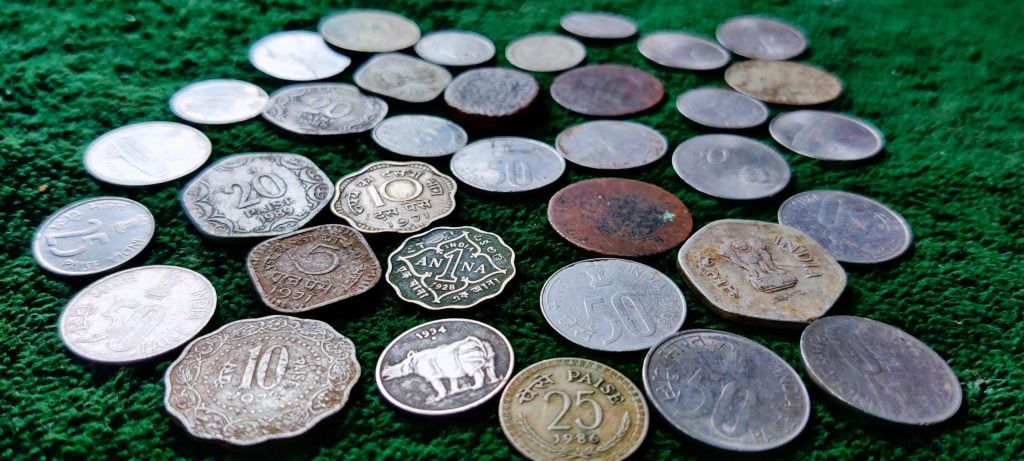
Similar to stamp collecting, the art of collecting coins—known as numismatics—is a pursuit where patience and historical knowledge are paramount. While younger people may dabble, the community of serious numismatists is largely composed of Boomers who have been building their collections for decades.
In 2015, a U.S. Mint report revealed that 52% of its customer base was 65 or older, with another 40% aged 45 to 64. These collectors understand the significance of mint marks, grading standards, and the history behind each piece, preserving slices of economic history in carefully organized folios.
Model Making

While anime and Gundam kits have attracted younger fans, the meticulous craft of building traditional scale models of cars, ships, and airplanes is a hobby championed by older enthusiasts.
These are modelers who grew up in the 1960s and 1970s, transforming basic kits into museum-quality pieces. It demands precision, a steady hand, and a deep appreciation for mechanical and historical detail. The clubs and communities centered around this hobby are often filled with retirees and long-time builders who find deep satisfaction in the slow, detailed process of creation.
China & Crystal Collecting
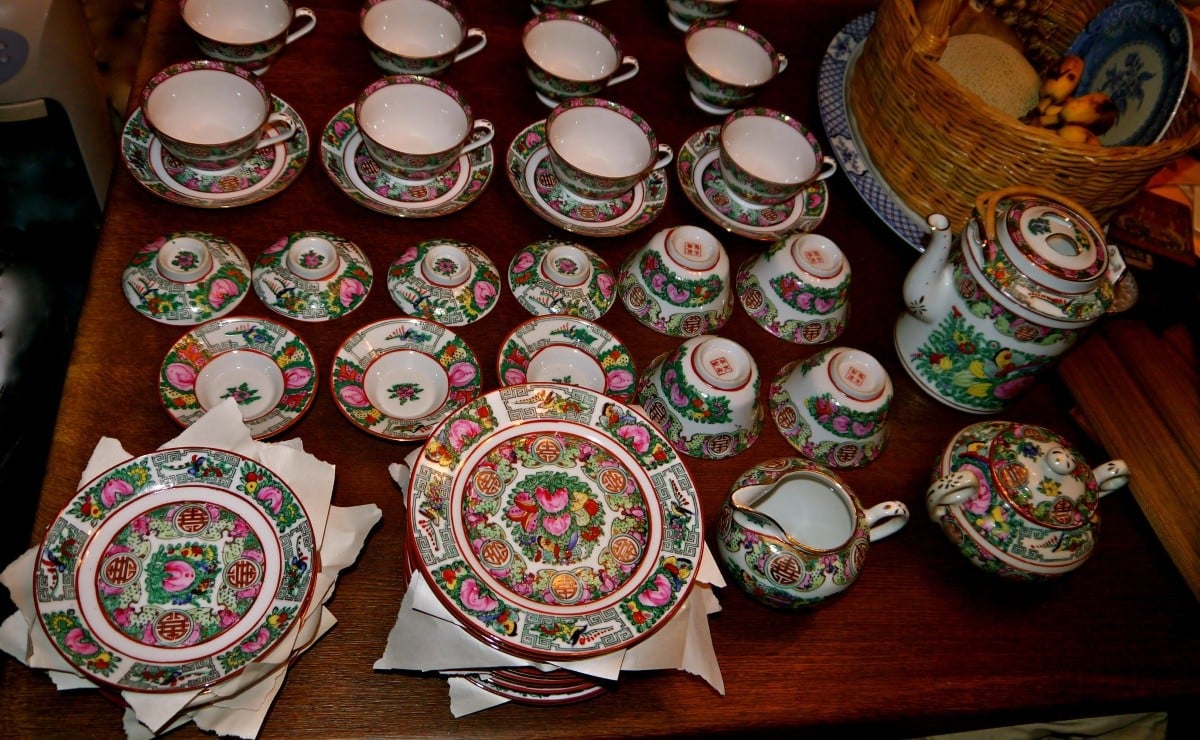
As minimalist trends lead younger generations to declutter, Boomers remain the primary custodians of fine china and crystal. For this generation, brands like Lenox, Wedgwood, and Waterford represent more than just tableware; they are symbols of family history, formal elegance, and cherished gatherings.
Collecting these delicate items is a nod to a time when setting a beautiful table was an art form. These collections are often treasured heirlooms, sometimes carefully passed down and preserved.
Fun fact: Some younger people are rediscovering vintage china through niche “grand millennial” and maximalist trends, with social media driving new interest.
Postcard Collecting (Deltiology)
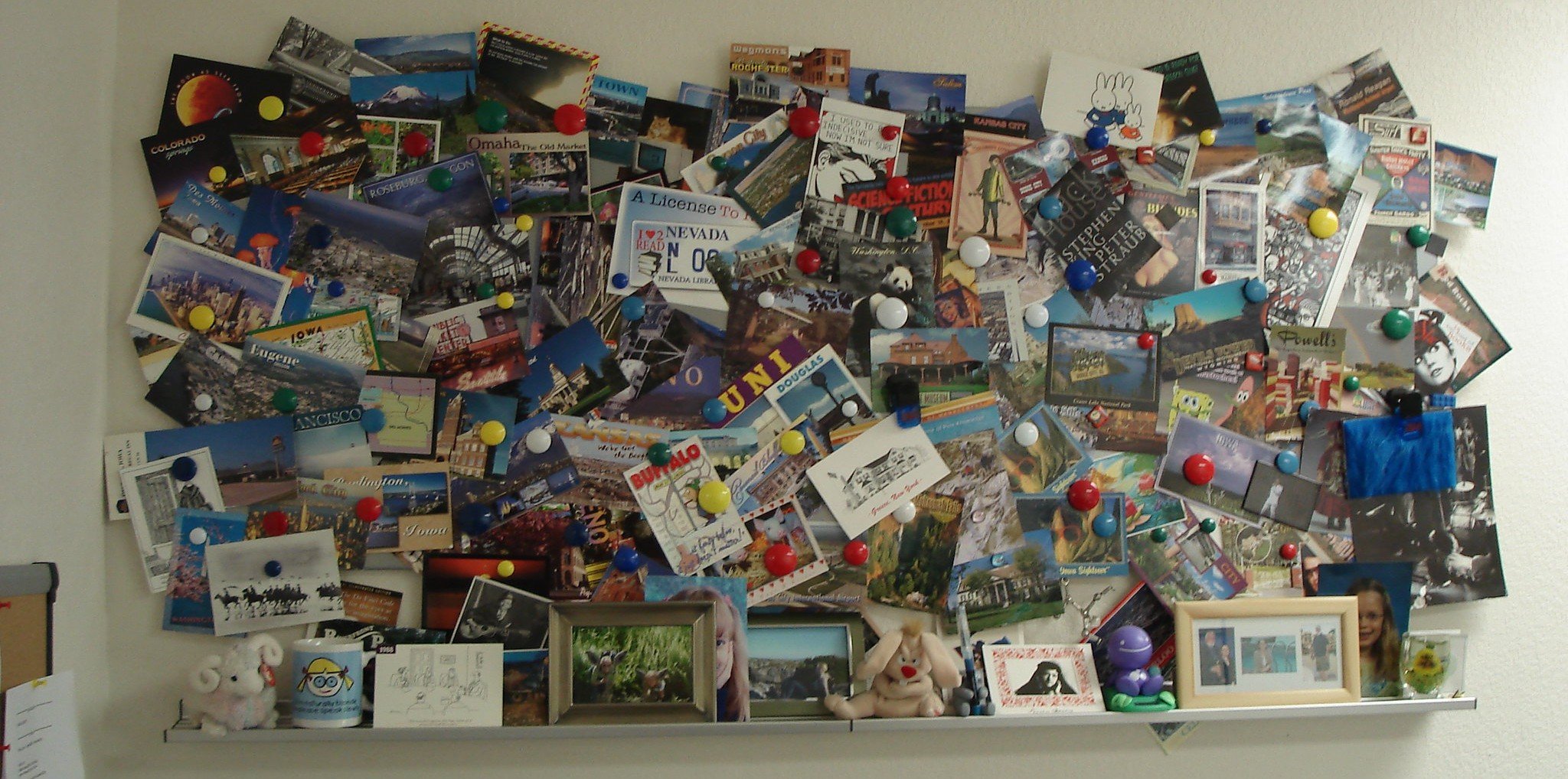
Before there was Instagram, there were postcard carousels. Deltiology, the official term for collecting postcards, is considered the third-largest collecting hobby after stamps and coins, and is one whose most dedicated practitioners are typically Boomers.
For collectors, this hobby is a way to hold a tangible piece of history, art, and travel. They appreciate the postmarks, the vintage artwork of a world since changed, and the handwritten messages from strangers, preserving the simple joy of a “wish you were here” moment.
Model Rocketry
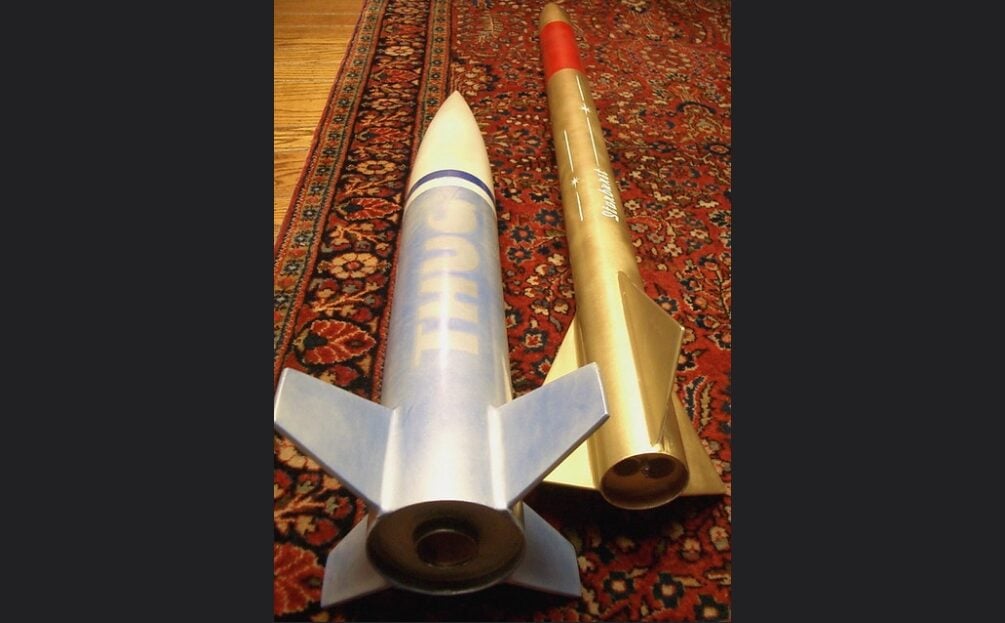
Fueled by the nostalgia of the Space Race, model rocketry maintains a niche yet devoted following among those who grew up dreaming of the cosmos. While it has an educational component that attracts students, the core community of dedicated rocketeers—those designing complex, multi-stage rockets and competing in events—is significantly older.
This includes not only Baby Boomers who form the nostalgic backbone, but also Gen X and Millennials who have embraced the hobby as “Born Again Rocketeers,” returning to childhood interests or discovering it through their own children’s involvement. This hobby combines a love for science and engineering with the sheer thrill of watching a creation soar thousands of feet in the air, keeping the spirit of amateur astronautics alive across multiple generations.
Scrapbooking
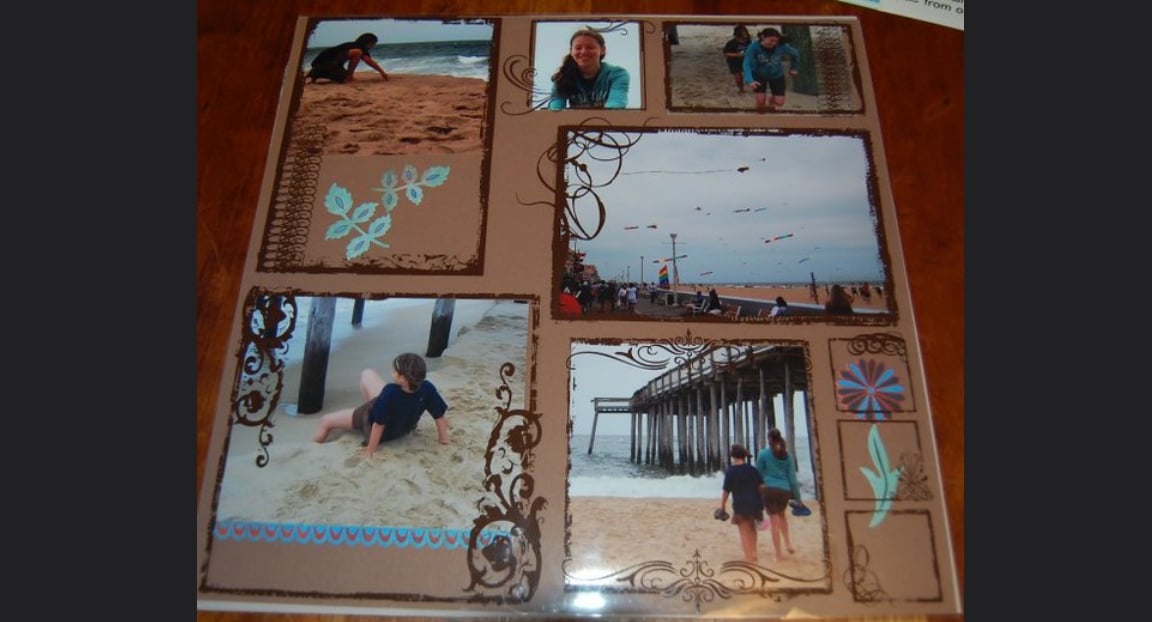
For generations, and particularly for Boomers, the classic scrapbook was the definitive way to preserve life’s memories. This hands-on craft involved meticulously arranging photos, mementos, and keepsakes into a tangible, lovingly assembled book—a personal record of life’s milestones long before Instagram existed.
While Boomers have kept this timeless pastime alive, the story doesn’t end there. In a fascinating modern twist, scrapbooking is experiencing a major resurgence among Millennials and Gen Z. Driven by a desire for a “digital detox” and inspired by billions of views on TikTok, younger generations are reimagining the craft with new styles, such as “junk journaling.” This makes scrapbooking a unique hobby on this list—one not just preserved by Boomers, but actively being passed down and reinvented for a new age.
Genealogy
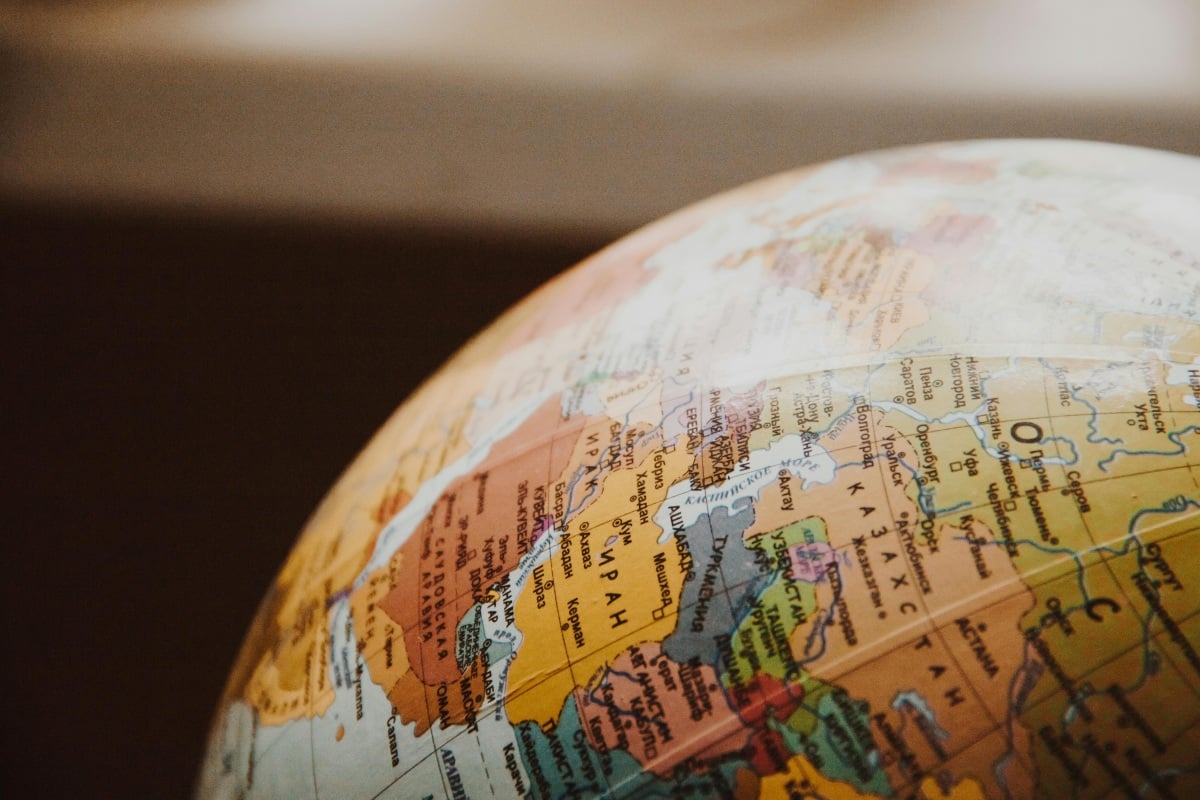
Tracing one’s family tree has become an increasingly popular hobby in the U.S., largely powered by Baby Boomers in their desire to understand their heritage and preserve their family’s legacy. A 2000 survey found that 60% of Americans were interested in learning more about their ancestry, up from 45% in 1996. Recent surveys suggest that this interest remains strong today.
While online tools and DNA testing services have made genealogy accessible to all generations, with younger people often exploring DNA kits, it’s generally those in their middle or retirement years who dedicate time to deep, meticulous research, connecting the dots of their family story. The typical genealogy enthusiast is around 57 years old, with many discovering this rewarding hobby after retirement when they finally have the time to dive into archives, cemetery records, and family documents.
What makes genealogy particularly appealing to Baby Boomers is that it combines technology with storytelling, allowing them to preserve family narratives for their children and grandchildren while satisfying their natural curiosity about their roots. Many find that researching their family tree becomes not just a hobby, but a meaningful way to connect with their roots and create a lasting legacy.

